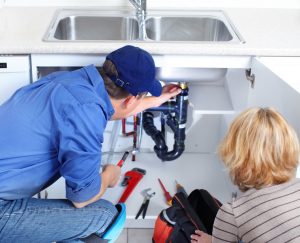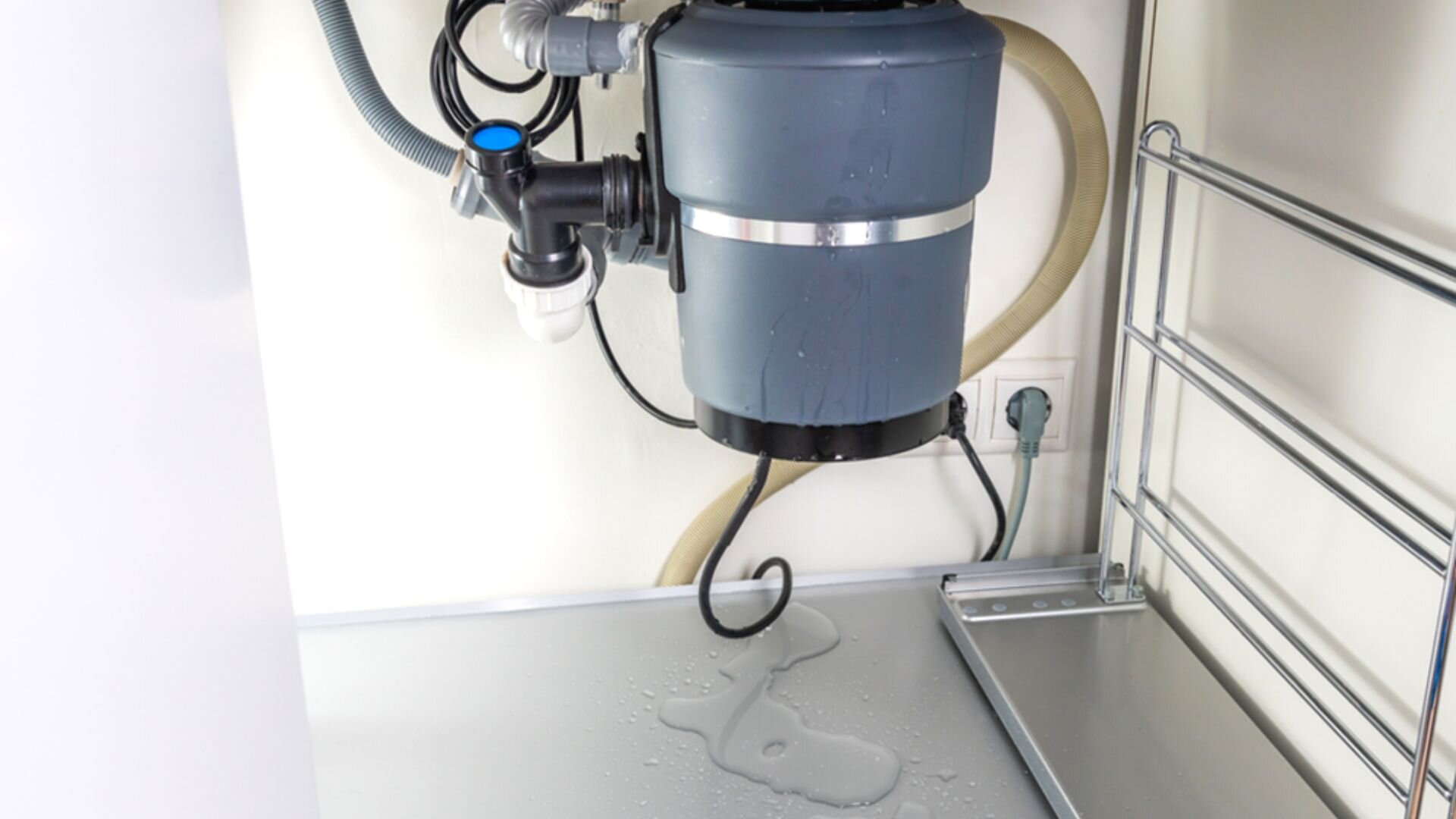Everybody seems to have his or her own rationale in relation to Why Is My Garbage Disposal Leaking From the Bottom?.

Garbage disposals are important kitchen home appliances that help in disposing of food waste efficiently. Nonetheless, a dripping garbage disposal can be an irritating and untidy problem to take care of. The good news is, many leakages can be repaired quickly with a few simple steps. In this write-up, we will certainly discuss just how to repair a dripping garbage disposal efficiently.
Introduction
Garbage disposals are set up under kitchen area sinks and are created to shred food waste right into smaller items, enabling it to travel through the plumbing system conveniently. While these gadgets are usually trustworthy, leakages can happen over time because of damage, loosened connections, or damage to the system.
Typical Sources Of Leakages in Garbage Disposals
Worn Seals and Gaskets
Seals and gaskets play a critical role in avoiding water from dripping out of the waste disposal unit. With time, these parts can weaken, resulting in leaks around the disposal system.
Loose Links
The links between the garbage disposal and the pipes system can end up being loosened over time, triggering water to leak out during procedure.
Fractures or Openings in the Disposal System
Physical damage to the garbage disposal, such as cracks or holes in the housing, can also result in leaks.
Determining the Resource of the Leak
Before attempting to take care of a leaking waste disposal unit, it is vital to identify the source of the leak. This can generally be done with visual examination or by carrying out simple tests.
Visual Inspection
Check the waste disposal unit system meticulously for any indications of water leak. Pay close attention to areas around seals, gaskets, and connection points.
Checking for Leakages
One means to test for leaks is by running water through the disposal device and looking for any kind of noticeable indications of leakage.
Tools and Materials Needed for Fixing a Dripping Garbage Disposal
Before starting the repair process, gather the required tools and materials, consisting of a screwdriver, adjustable wrench, plumbing's putty, substitute seals or gaskets, and epoxy or patching material for repairing fractures or openings.
Step-by-Step Overview to Repairing a Leaking Waste Disposal Unit
Switch off the Power
Prior to attempting any kind of repair work, make sure that the power to the waste disposal unit unit is switched off to prevent the threat of electrical shock.
Locate the Leak
Identify the precise location of the leakage and figure out the cause.
Tighten up Links
Make use of a wrench to tighten any type of loosened links between the disposal device and the pipes system.
Replace Seals or Gaskets
If the leakage is because of used seals or gaskets, remove the old components and replace them with new ones.
Patching Splits or Openings
For fractures or holes in the disposal unit, usage epoxy or an appropriate patching material to secure the broken area.
Examining the Garbage Disposal After Repair Service
When the repair is full, evaluate the waste disposal unit by running water with it to guarantee that the leakage has been dealt with.
Preventive Upkeep Tips to Prevent Future Leakages
To avoid future leakages, it is important to execute regular maintenance on your garbage disposal. This consists of maintaining it tidy, staying clear of placing non-food items or hard objects down the disposal, and periodically checking for leakages or various other problems.
Final thought
Finally, dealing with a dripping garbage disposal is a fairly uncomplicated process that can be completed with standard devices and materials. By following the steps detailed in this write-up and exercising precautionary maintenance, you can maintain your waste disposal unit in good working condition and stay clear of expensive repair work in the future.
What to Do About a Leaking Garbage Disposal
A leaking garbage disposal often goes unnoticed until you confront a sopping cabinet, a foul-smelling puddle, or an audible drip-drip-drip from the unit. The fix can be frustrating, too, because the leak can stem from a number of components in the system. Fortunately, with a little sleuthing, you can zero in on the leak and—depending on the exact location—stop the icky oozing and repair the component that caused it. Worst case scenario, if it turns out that the garbage disposal must be replaced, installing a new one is a reasonable do-it-yourself task for those with basic plumbing skills. Read on to keep the cash you’d otherwise hand over to a pro.
Prepare to find the leak
Prior to testing the garbage disposal for leaks, unplug it at the wall outlet and turn off the power from the breaker box to prevent electrical shock. Then insert a watertight sink stopper into your sink drain and wipe the unit dry with a clean cloth. In any handy container, mix a few drops of food coloring into a few cups of water, and pour the dyed water onto the sink stopper to help you locate the leak.
Investigate the source
the top, where the disposal meets the sink drain the side, where the dishwasher hose or main drain pipe connects to the disposal or the bottom of the unit Inspect each of these locations while gliding a light-colored rag over the unit; the dyed water will readily show on the rag and reveal the location of the leak. If a leak isn’t immediately apparent, remove the sink stopper and pour a few more cups of dyed water down the sink drain, then check for leaks again. Leaks near the top of the unit are more likely to show themselves while the sink is plugged, while side and bottom leaks are more noticeable while the sink is unplugged.
The metal sink flange that sits directly inside the sink drain is typically sealed around the top with plumber’s putty (a clay-like sealant) and then secured from under the sink with bolts. If the plumber’s putty deteriorates, or the bolts loosen, the flange can no longer form a watertight seal between the sink drain and the disposal—which could cause a leak at the top of the unit.
To reseal the leaky flange, you must first detach the garbage disposal. Start by loosening the screws securing the main drain pipe to the disposal, then loosen the screws in the metal clamp securing the dishwasher hose to the disposal and detach the drain pipe and dishwasher hose from the disposal. Loosen the screws in the mounting ring that connects the disposal to the metal mounting assembly beneath the sink, then pull down the disposal and carefully set it on a clean, dry surface. Loosen the bolts in the mounting assembly with a wrench, then pull down the mounting assembly and set it near the disposal.

Do you really like reading about Tips on Fixing a Leaking Garbage Disposal? Place a short review down the page. We will be delighted to see your thoughts about this blog. In hopes to see you back again later on. Are you aware of anybody else who is curious about the niche? Take a moment to share it. We appreciate reading our article about The Handy Guide To Fixing Your Garbage Disposal Leaking.
Book Services